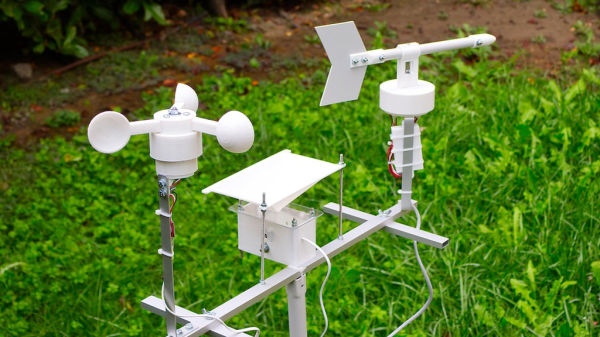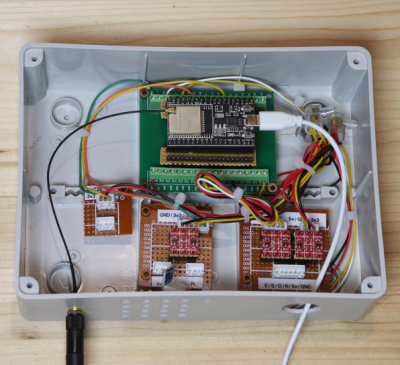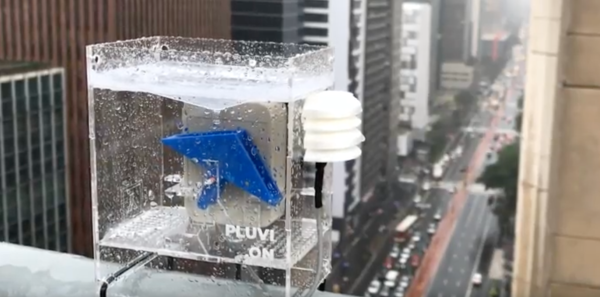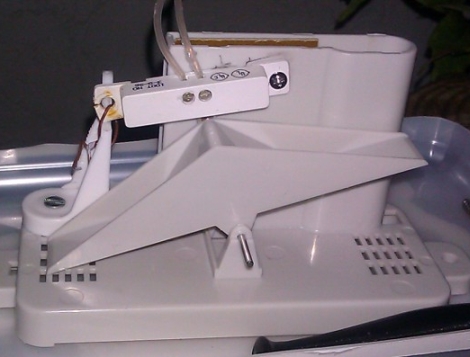It isn’t that hard to make an electronic rain gauge if you have a steady source of power or you don’t mind changing batteries often. But [Matthew Ford] offers a third option: a simple device with a Bluetooth Low Energy (BLE) module that can get a few years of a pair of AA batteries.
The approach has several advantages. Batteries make the device self-contained, and changing them infrequently is an obvious win. In addition, the BLE allows the device to be wireless and send data directly to an Android device. Thanks to a WH-SP-RG rain gauge, there’s not much to that part. The smart part is an nRF52832 module and some minor parts. The phone side uses an off-the-shelf Android app.
In a project like this, it is critical to have timers that really put the CPU to sleep. [Matthew] had to modify the Arduino libraries to allow the lp_timer objects to make it to an hour. Without the modifications, the timer can only reach 8.5 minutes. Sure, you could stack them, but that means taking a power hit multiple times an hour which would affect battery life.
Not the most complex project, but more complexity would mean lower battery life, so — as they say — less is more. We couldn’t help but think that with rechargeable batteries and a small solar panel, this could last a very long time.
LoRa, of course, is another choice. You can make 3D print a tipping bucket device, too.

















